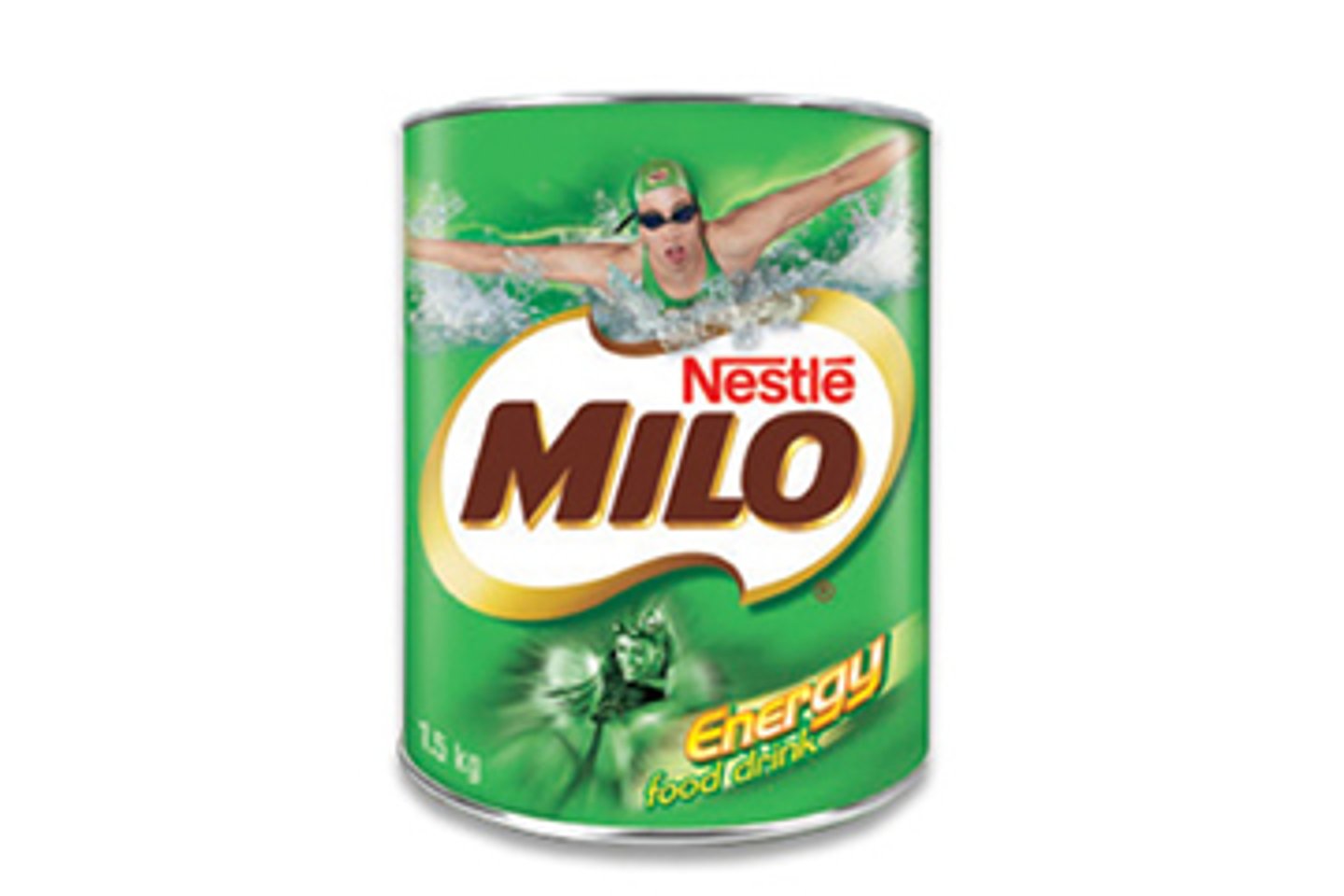A taste of home: Making multicultural brands work in Canadian stores
When people settle in a new country, nothing helps make an unfamiliar world feel welcoming like a few reminders of back home. It’s a comfort to see the same brands enjoyed in the old country sold in the shopping aisles of the new, whether that’s in an ethnic market or on the shelves of Loblaw’s. As Canada’s South Asian and Asian communities have grown, Western multinationals have gradually recognized that the goods they marketed for decades in India, China or South America have a new class of potential customers right here. The walls that divide a corporation’s “ethnic” and “specialty” divisions from its North American brands have come tumbling down. “There are many brands now in Canada that wouldn’t exist if not for the multicultural community,” says Albert Yue, president of ethnic marketing agency Dyversity. Nestlé may be known in the West for Kit Kat bars and Quik syrup, but around the world, it’s also the maker of the malt beverage Milo — a rich, chocolatey powder packaged in a bright green tin. Developed in 1930s in Australia by a Nestlé engineer as a nutritional “tonic food” for undernourished children, it became a popular brand in South Asian, African, Caribbean and South American countries. As Canada welcomed more immigrants from those places, Milo began to appear on our shelves (which is how, as the Torontonian child of a Peruvian-born father, I found myself drinking it in the late 1980s). “Nestlé has maintained an Import Specialty business for many years, importing and distributing select brands for niche cultural markets,” says Robert Morris, managing director of Global Appetite Inc., which Nestlé partnered with in 2008 to grow its import portfolio to meet the needs to Canada’s ethnic communities. Since then, its domestically available multicultural offerings have expanded. “Nestlé Canada’s partnership with Global Appetite has significantly increased the size and breadth of Nestlé’s global product range available in Canadian retail, including recent product additions like Maggi So Juicy (chicken seasoning),” he says. So how do smart multinationals introduce foreign brands to Canada? Can you simply slap English and French labels on it and stick it on a shelf? Definitely not, says Partha Guha, a senior manager at Unilever National North America, whose job is to find multicultural import opportunities. When Unilever initially began experimenting with bringing its Indian, Chinese and Filipino brands such as Brooke Bond Taj Mahal tea and Lady’s Choice sandwich spread to Canada, the company realized their appearance wasn’t going to fly. “The products were coming in stickered, not fully compliant, looked ugly,” says Guha. “If you put on three stickers with ingredients, nutrition and French, you’re done.” In addition to making sure the goods were Canadian Food Inspection Agency approved, Unilever streamlined the labeling — and in some cases tweaked the ingredients to suit their new, hybrid markets. “North America does not like iodized salt in products,” explains Guha. “So Lady’s Choice has non-iodized salt in it.” As communities here have evolved, so have the products. Unilever’s Knorr chicken broth powder, a big seller in China, was initially brought to Canada with ingredients that would appeal to immigrants primarily from Hong Kong. But as more people from mainland China have settled here, Knorr shifted the chicken formula it offers in Canada, too, making it less spicy and more apt to appeal to a diverse range of Chinese communities. Over the next 18 months, the range of multicultural products offered in Canada by Unilever is set to rise, says Guha — a nod to our ever-expanding ethnic communities. This article was first published in Marketing Magazine

